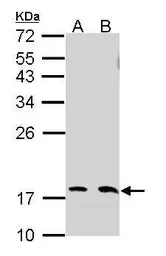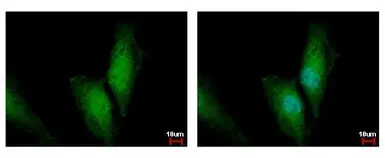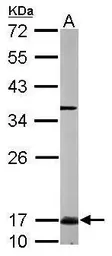UBE2N antibody
Cat. No. GTX113290
Cat. No. GTX113290
-
HostRabbit
-
ClonalityPolyclonal
-
IsotypeIgG
-
ApplicationsWB ICC/IF
-
ReactivityHuman, Mouse


